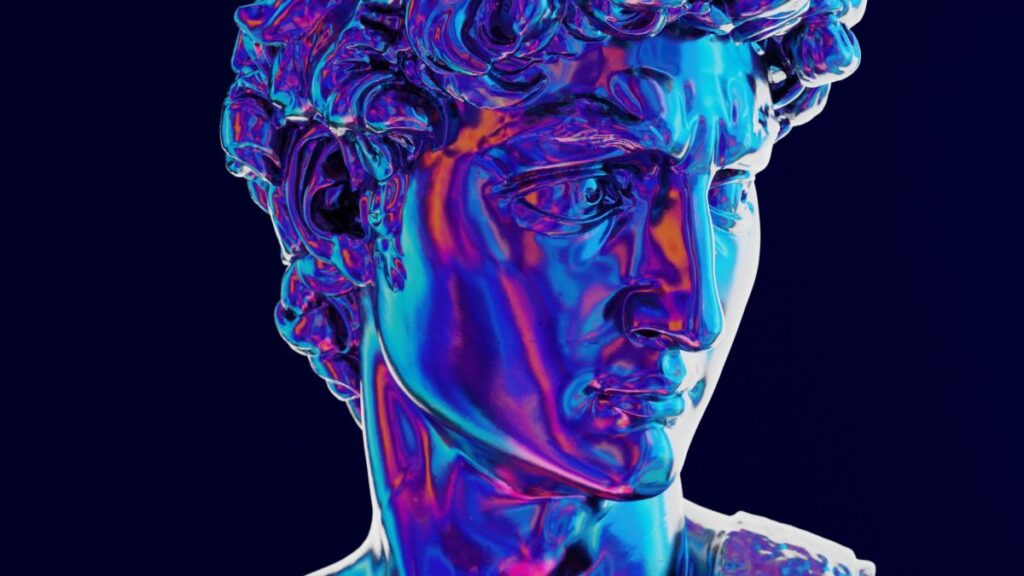The art of video games has come a long way since the early days of pixel art. The development of video games involves significant skill and knowledge in programming, design, and art. The process begins with concept art, which is the visual representation of the game’s theme, setting, characters, and other elements. Once developed and approved, the team moves onto 3D modeling and texturing, followed by rigging for animation. The final stage involves integrating all components together seamlessly. With every new advancement in technology, game art continues to evolve, offering artists more creative freedom than ever before, and the future looks bright.
From Sketch to Screen: The Evolution of Video Game Art
Introduction
Video games have become an integral part of modern culture, providing entertainment for people of all ages for several decades. The development of video games involves a significant amount of skill and knowledge in various fields, including programming, design, and art. Indeed, the art of video games has evolved considerably since the early days of pixel art. This article will explore how video game art has evolved from sketches to screens.
Concept Art
The development of video games begins with concept art, which is the visual representation of the game’s theme, setting, characters, and other elements. Concept artists work closely with the game designers to create a cohesive, visually stunning world for the game. In this phase, artists use physical sketches or digital artwork, depicting anything from the game’s landscape to the characters that inhabit it. These sketches guide the game’s development, and once approved, the actual design process can begin.
3D Modeling and Texturing
Once the concept art has been developed and approved, the team moves onto 3D modeling and texturing. In this phase, artists translate the 2D sketches into 3D digital objects using specialized software. The object is then textured by applying color, material, and lighting effects to it to create a realistic-looking object. This stage of development is crucial, as it sets the foundation for the final aesthetics of the game. It’s a time-consuming process, but the outcome is worth it as players can immerse themselves in a visually appealing, complete world.
Rigging and Animation
After modeling and texturing, rigging is the next step in video game development. Rigging is where a 3D model is prepared for animation. The rigging process involves creating a skeletal structure for the model and assigning it vertices to enable free movement. It helps create fluid motions and control over the game’s characters, enabling movement and life-like animations. This process is time-consuming but necessary as it determines the game’s animation and player experience.
Integration
Once the individual components of the game are created and refined, they’re integrated into a cohesive whole. Integration is where artists and programmers ensure that the game’s elements work together seamlessly. The process can be challenging, particularly when building complex games with many characters and various features. The individual pieces are brought together, and the overall effect can be refined and tweaked. This stage marks the final art aspect essential to a completed video game.
Conclusion
Video games provide an excellent amalgamation of technology and art, immersing a player in a vivid and engaging world. From simple pixel art to detailed 3D models, video game art has come a long way. Through the detailed process from concept art to integration, game art is refined, the player experience enhanced, and an engaging world created. With every new advancement in technology, game art evolves further, offering artists more creative freedom than ever before. The evolution of video game art continues to captivate players worldwide, and the future looks bright.
